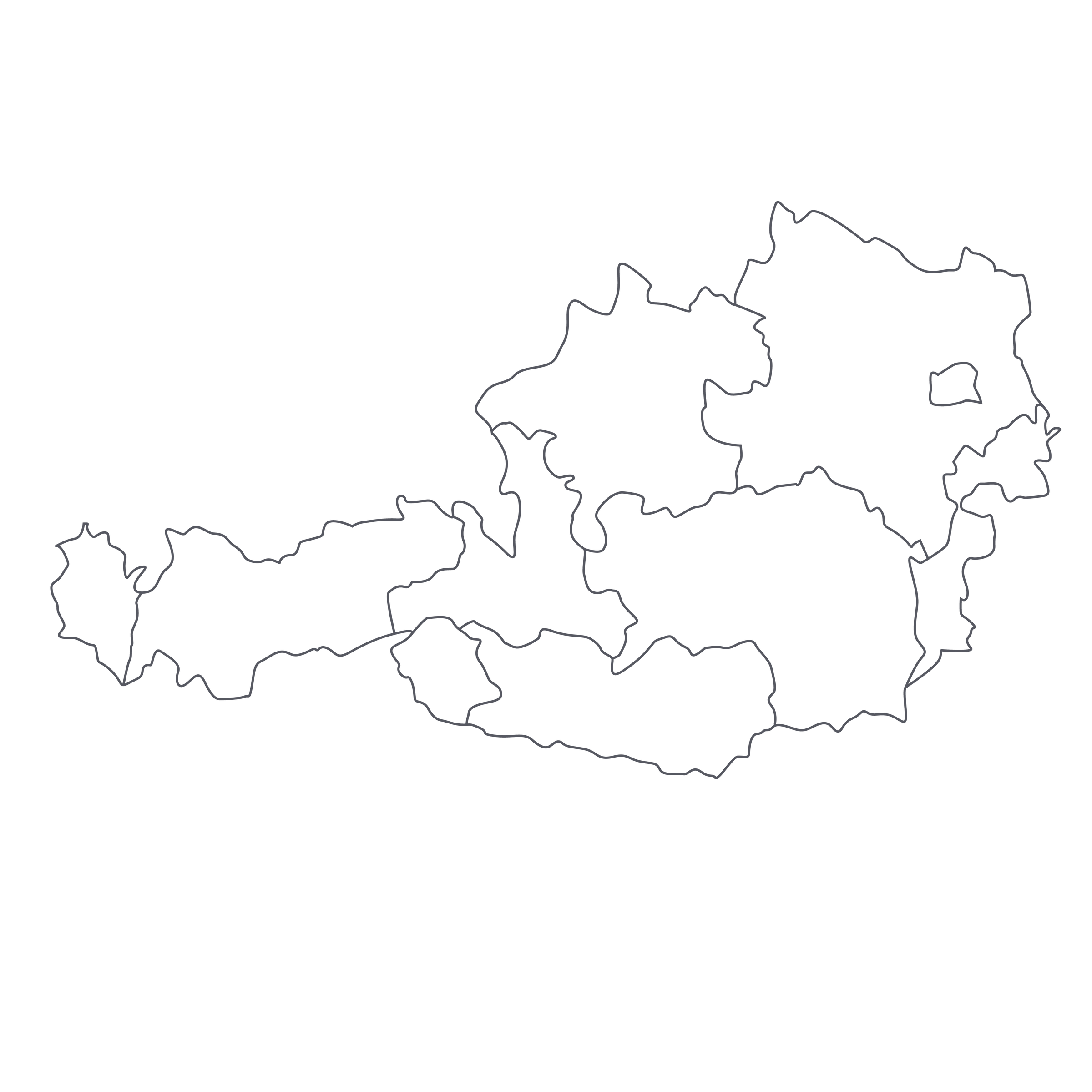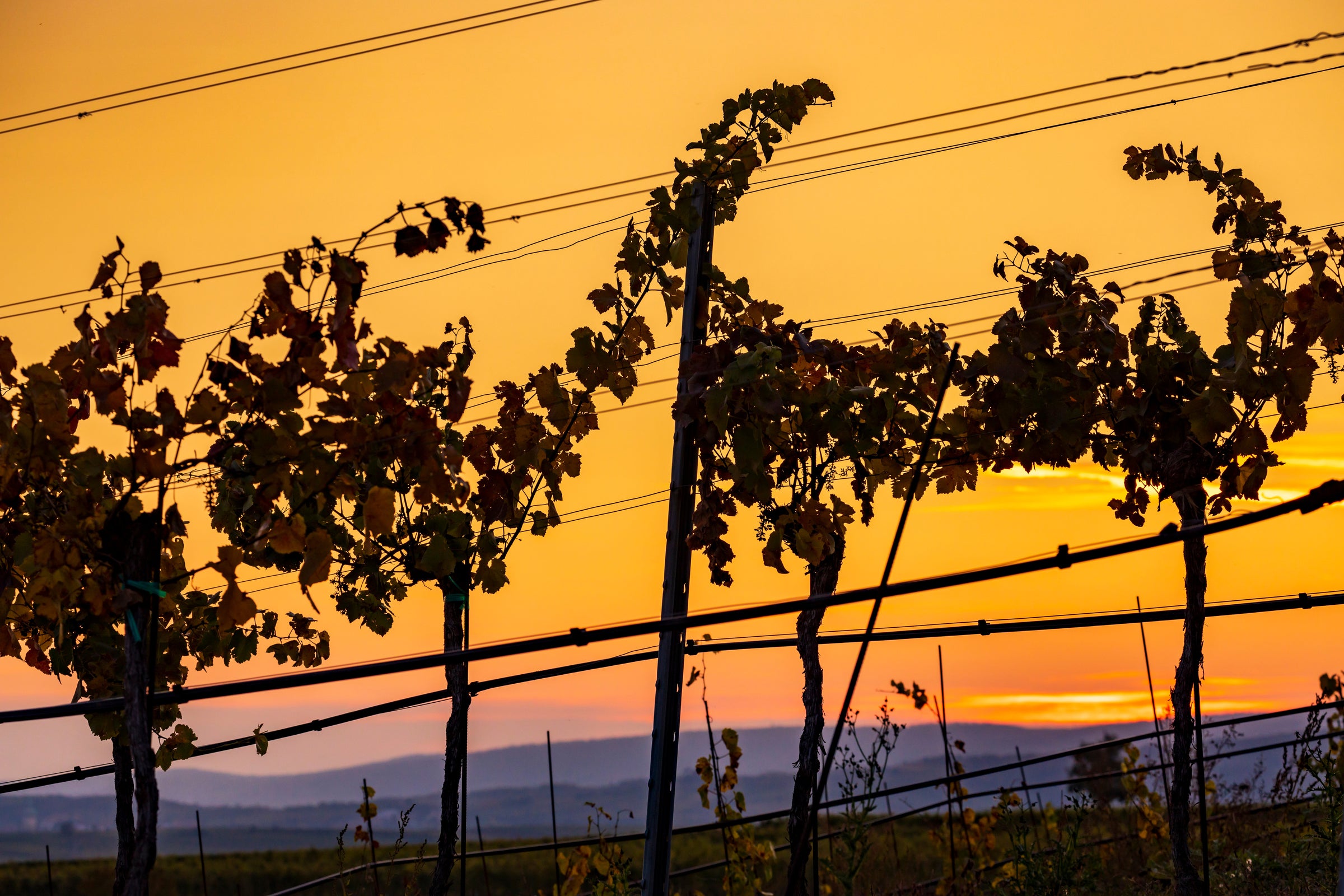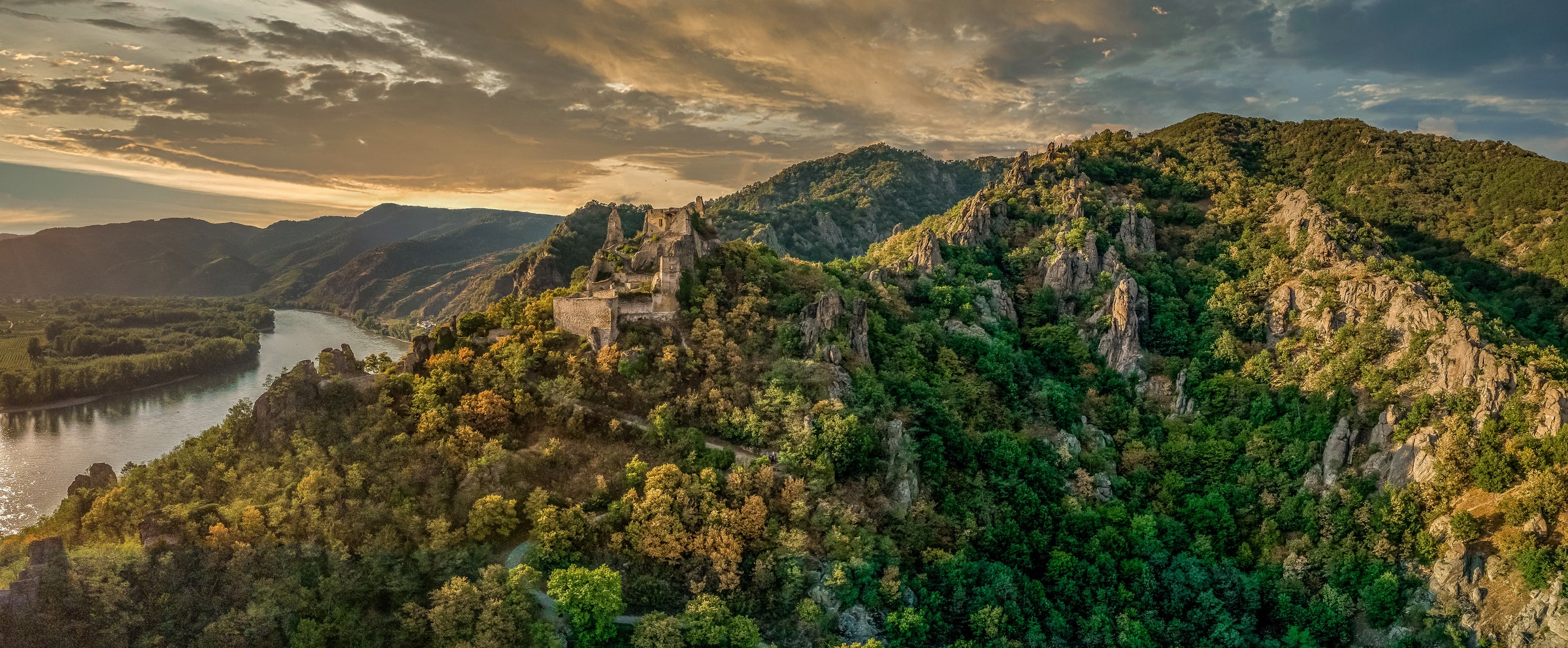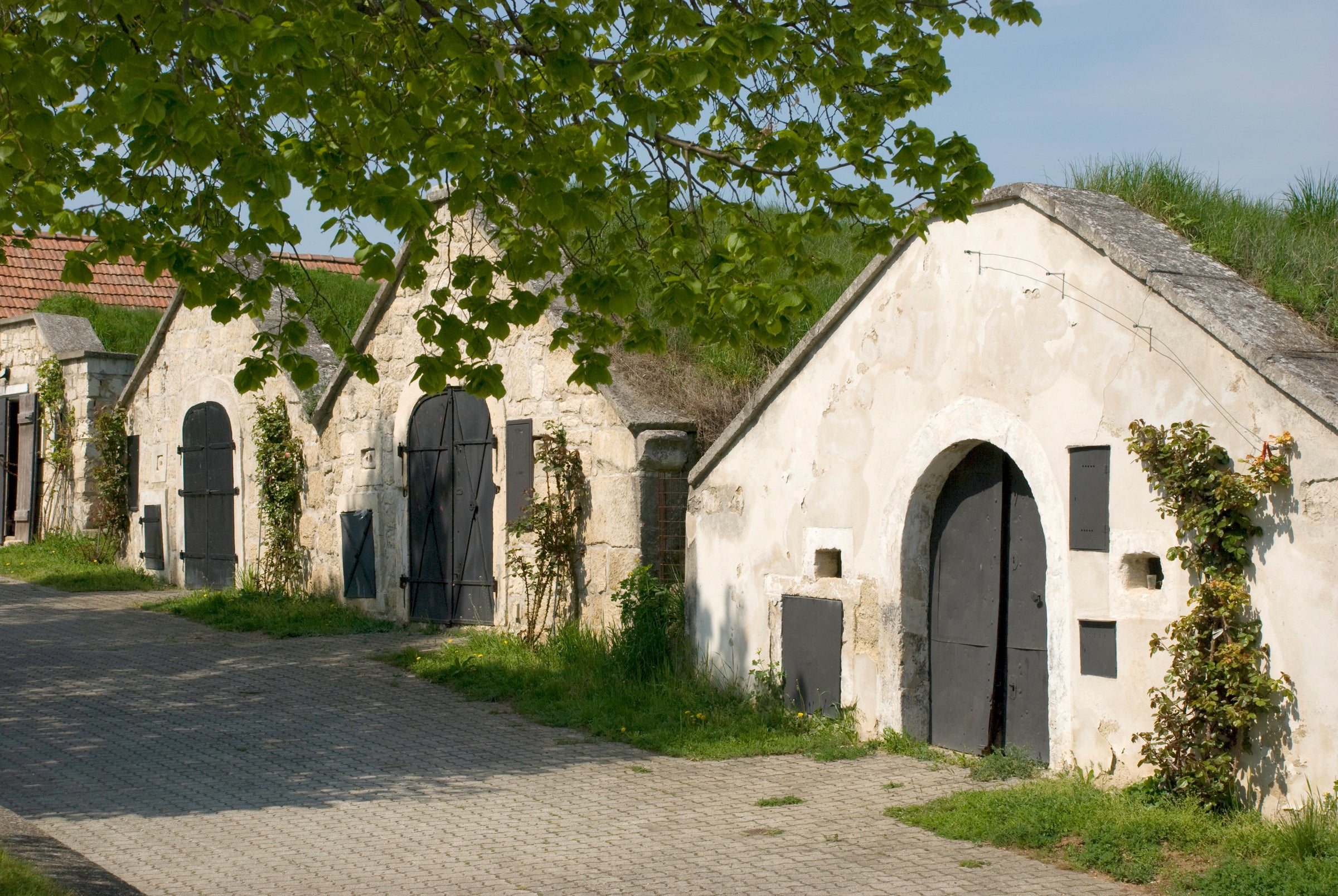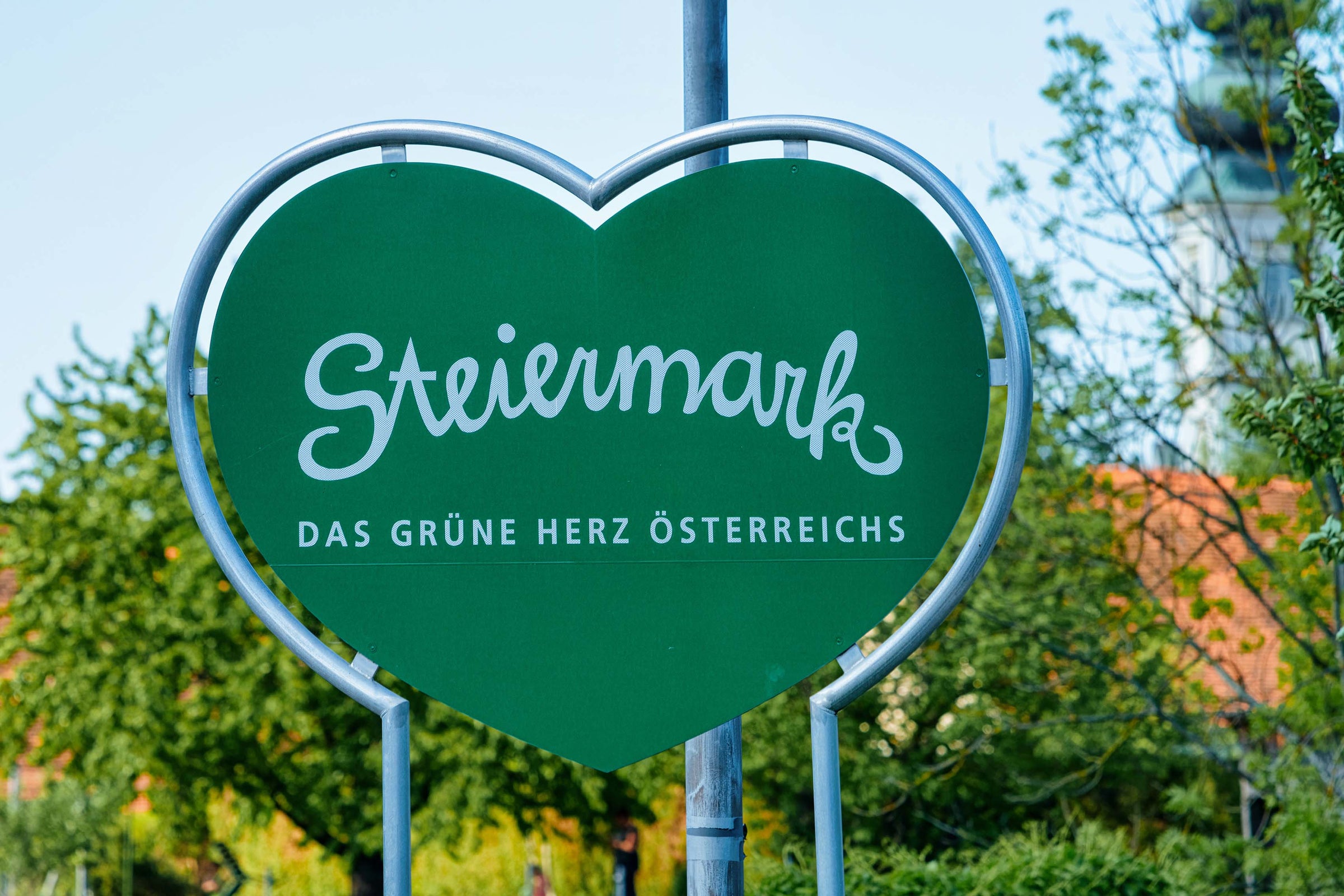Spend some time researching Austria’s Blaufränkisch grape and you’re likely to hear much more about its likeability than its nobility. There’s a lot of borderline-condescending talk among the experts about how “charming” its wines are, but no one’s putting it up there with the greats. Well, Paul Achs would beg to differ.
Based in the village of Gols, just east of Lake Neusiedl and not far from the Hungarian border, Achs is “all in” on Blaufränkisch and there’s nothing quixotic about that. Today’s 2017 is a bargain-priced, entry-level bottling, but it begs the question: If Blaufränkisch can deliver this much refinement at this price, do we need to re-think the conventional wisdom on this variety? I think so. Today’s “Heideboden” is the first in an extensive, soil-specific lineup from Achs, and it is indeed charming and easy to drink, but there’s a level of polish and persistence that makes you sit up and take notice. I found the wild, woodsy qualities of today’s 2017 comfortingly familiar; I ‘stayed’ for the aromatic complexity and glossy, fine-grained texture. And it’s $24! Perhaps you know what I’m going to say next: This is a must-try!
It is certainly one of the more credentialed wines you’re apt to find at this price point. Achs is one of the founding members of Respekt, an association of biodynamic vintners, and he was named “Vintner of the Year” in 1994 by the Austrian magazine Falstaff. In 1991, after a period of travel and research that included a winemaking stint in California, Achs returned to his family’s farm in Gols and transformed it completely, shifting it from mostly white wine production to 90% red—with a focus on the native Blaufränkisch, which now accounts for more the half of his total production from 25 hectares of vineyards.
Burgenland is the DAC, or controlled appellation of origin, that extends west and south of Lake Neusiedl near Austria’s border with Hungary. It’s part of a broad, warm, central European lowland area known as the Pannonian Basin, and while much of it is comprised of sandy, loamy gravel (including the Heideboden area around Gols), there are some variations in soil type; these are highlighted in an assortment of single-vineyard bottlings from Achs as you climb the ladder in his range, which progresses from bright and finessed (today’s 2017) to deeper, darker, and more mineral. There’s always a satisfyingly deep, purplish hue to most Blaufränkisch reds (blau means “blue” in German and many wines from the grape are downright inky) but not typically much tannin. Like a lot of Germanic reds, they look in the glass as if they’re going to be massive wines, but are the opposite on the palate: brisk, medium-weight, berry-fruited reds that are pleasingly accessible when young. Blaufränkisch is characterized by blue/black fruit notes and hints of both underbrush and warm spices, hinting at good Cru Beaujolais at the lighter end and northern Rhône Syrah at the fuller.
If you wanted to knock Blaufränkisch you would concede that it is, in most instances, juicy and satisfying but also rather short on the finish. Not in this instance: Achs’ ’17 Heideboden has lots of aromatic complexity and a lot of persistence. Sourced from a trio of vineyards with eastern/southeastern exposures, the wine was fermented in stainless steel and aged a little over a year in an assortment of cooperage (French and Austrian) ranging in capacity from 700-3,300 liters. In the glass, it’s a bright ruby with magenta highlights, with aromas of ripe black plums, black raspberries, cranberries, pomegranate, violets, herbs and spices, orange zest, black pepper, and underbrush. It is medium-bodied, with a more silken texture than many of the meatier, more rustic Blaufränkisch wines you’ll encounter out there (not that you should overlook those, by the way), and it’s ready to go right now: Decant it about 30 minutes before serving at 60-65 degrees (or, for maximum refreshment, a little cooler) in Burgundy stems and pair it with some Hungarian-style stuffed peppers, which wouldn’t be at all out of place in Achs’ hometown of Gols. Burgers on the grill would be fine, too—this wine is all about versatility. It will charm and impress you in equal measure. Enjoy!


